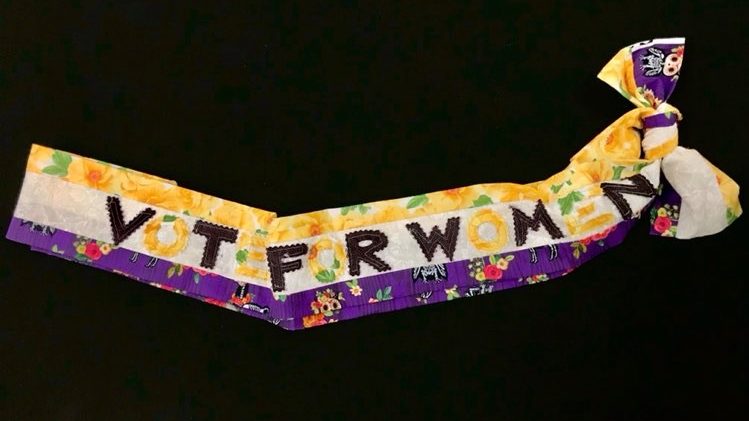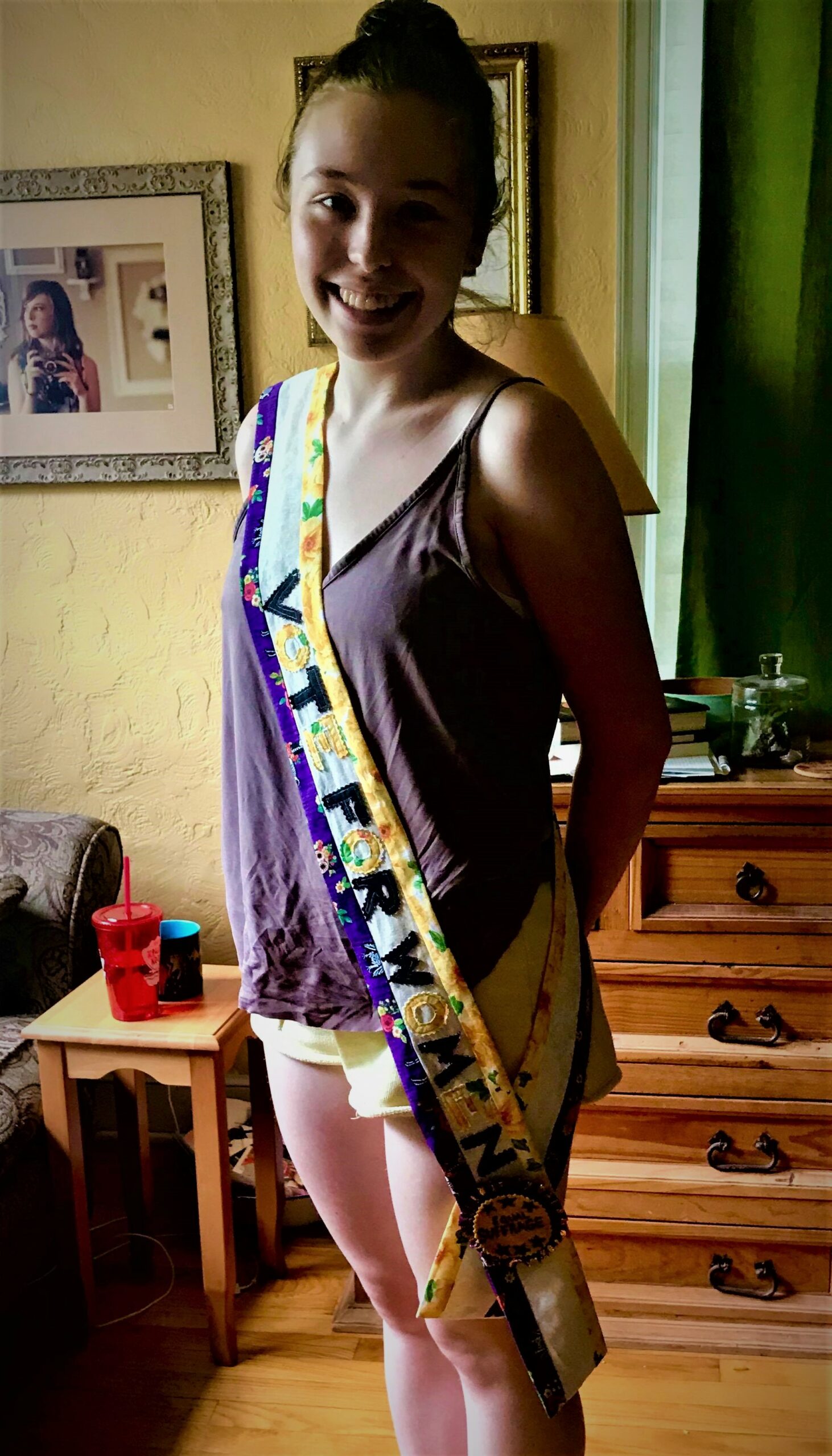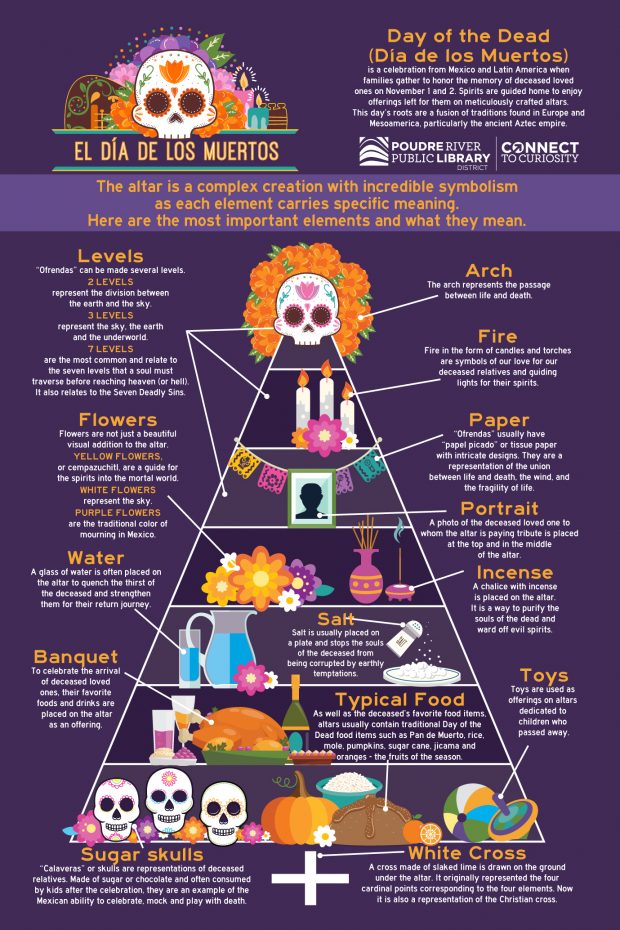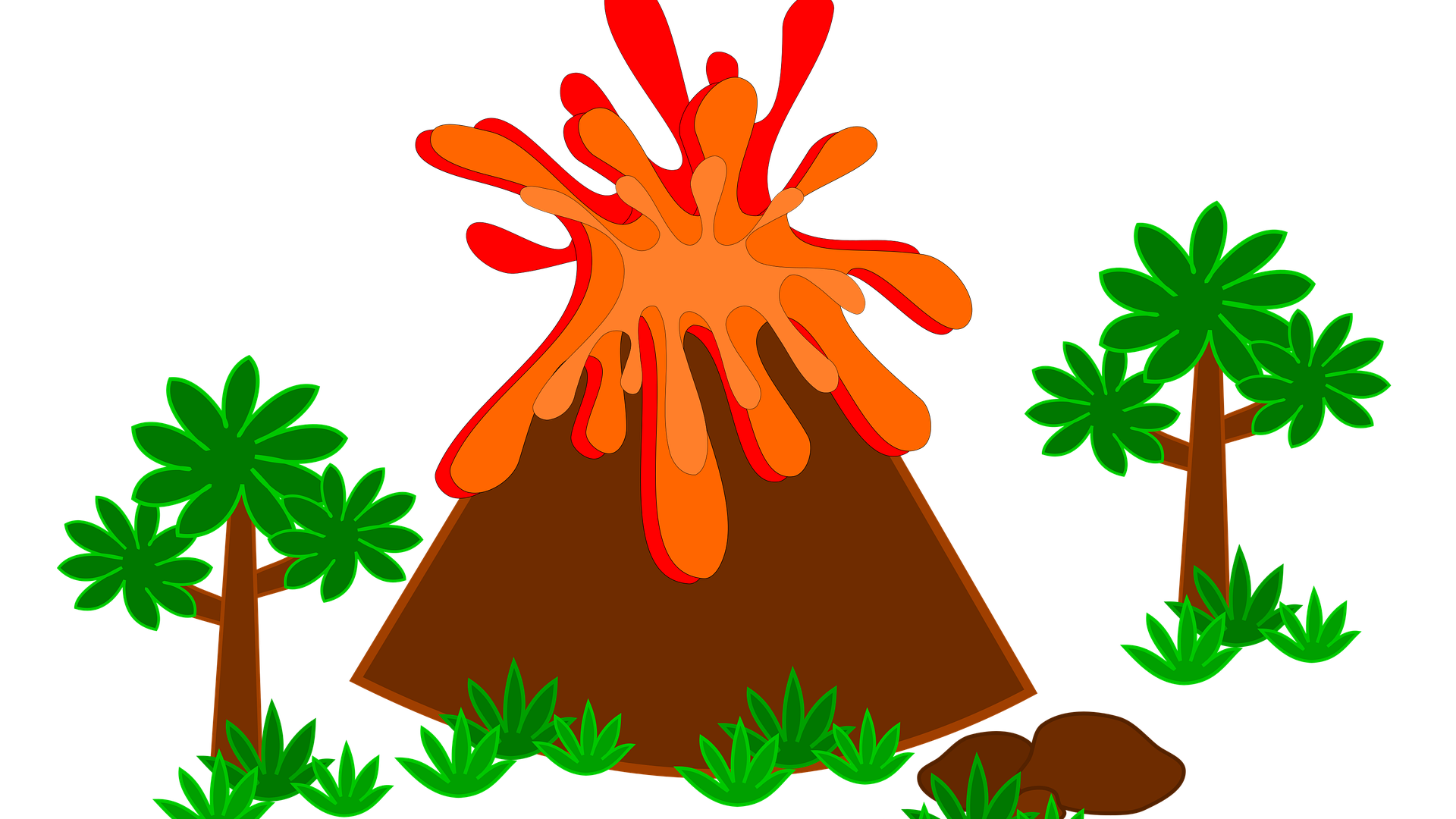Mindful Mondays: Local Mental Health Resources
The Mental Health: Mind Matters special exhibition opens the door to greater understanding, conversations, and empathy toward the challenges of mental health. It’s just one way our community can come together to reduce the stigma and #MakeItOK to talk about mental health.
It’s okay to ask for help. There are many resources available here in our community to support you or anyone you know who might be struggling with their mental health.
Experiencing a mental health crisis? 24/7/365 support is available through Colorado Crisis Services: Call1-800-493-TALK (8255) or text HOME to 741741.
FCMoD is grateful to be working directly with these community partners on programming and community outreach:
Alliance for Suicide Prevention – We prevent suicide in Larimer County through training and education, providing outreach, and offering support.
Colorado State University – Child Trauma and Resilience Assessment Center – The Child Trauma and Resilience Assessment Center provides resilience-based trauma assessments and offers recommendations that focus on helping youth and families recognize, understand, and value their own strengths in responding to and healing from trauma.
Early Childhood Council of Larimer County – Leap Coalition – Strengthening and connecting our systems so that all young children in Larimer County, Colorado will be supported in their social development and emotional wellbeing in a culturally responsive manner.
Foundations Counseling – Foundations Counseling provides a proven, collaborative approach to counseling in Fort Collins, Loveland, and Windsor, Colorado. We offer caring, expert assistance in an environment built around personal respect and dignity. Throughout Northern Colorado our experienced therapists rely on time-tested and proven techniques to help you find your way.
Health District of Northern Larimer County – The Health District of Northern Larimer County is a public agency that has been meeting local healthcare needs since 1960. Today, we provided residents of northern Larimer County with dental, mental health and preventive health services. The Connections program offers answers, offers and support to individuals and families looking for help with mental health or substance abuse concerns. CAYAC (Child, Adolescent, and Young Adult Connections) is a service of Connections that helps young people (up to age 24) with the early identification, assessment/testing, and treatment of mental health and substance abuse concerns. Connections also offers regular classes and trainings to the public, often at no cost.
Lifestance Health – Lifestance Health (formerly Heart Centered Counseling) provides caring support for the people of Colorado. We counsel people to get them through the hard times, through the broken hearts, and through the painful emotions. We are a growing team of 300+ counselors who provide a comprehensive therapy practice.
Larimer County Behavioral Health Services – Through a publicly approved .25% Sales and Use tax, Behavioral Health Services responsibly invests in community-driven work to increase access to behavioral health services and improves outcomes for all Larimer County residents.
Music Minds Matter – We are committed to supporting the brain health and mental wellness of music communities everywhere.
Poudre School District – Counseling Department – School counselors are vital members of every school’s education team. Currently, 80 professional school counselors serve students in 39 schools in Poudre School District, assisting kindergarten-12th grade students in academic success, college and career readiness, and social/emotional development.
SummitStone Health Partners – For more than 60 years, SummitStone Health Partners has been transforming lives through recovery, renewal and respect by providing unsurpassed behavioral health prevention, intervention and treatment services in Larimer County. SummitStone provides more than 50 services dedicated to treating mental health and addiction disorders for people of all ages.
Additional community resources highlighted within the exhibit or during programming:
Carl Nassar, President of Heart Centered Counseling, reports on: “What if a therapist reported the news?”
Support for people experiencing homelessness is available through Homeward Alliance and the Murphy Center for Hope
Healing and support for Black, Indigenous, and People of Color is being convened by the BIPOC Alliance
Colorado Spirit COVID-19 Support Program – Larimer County
Colorado Spirit COVID-19 Support Program – Weld County
North Range Behavioral Health – At North Range Behavioral Health, we believe that everyone deserves high-quality treatment that leads to recovery. North Range Behavioral Health provides compassionate, comprehensive care for people who face mental health and addiction challenges. This organization is located in Weld County, and is also a provider of Colorado Crisis Services.
QPR Gatekeeper Training – The QPR (Question, Persuade, Refer) mission is to reduce suicidal behaviors and save lives by providing innovative, practical and proven suicide prevention training. You can find local trainings on the website – SummitStone Health Partners provides monthly trainings that are also posted on the FCMoD calendar!
Colorado-National Collaborative for Suicide Prevention
Recordings of FCMoD’s Discovery Live mental health expert panels and events are available on YouTube
We will continue adding resources to this post as they are shared by our community partners.
Continue Reading

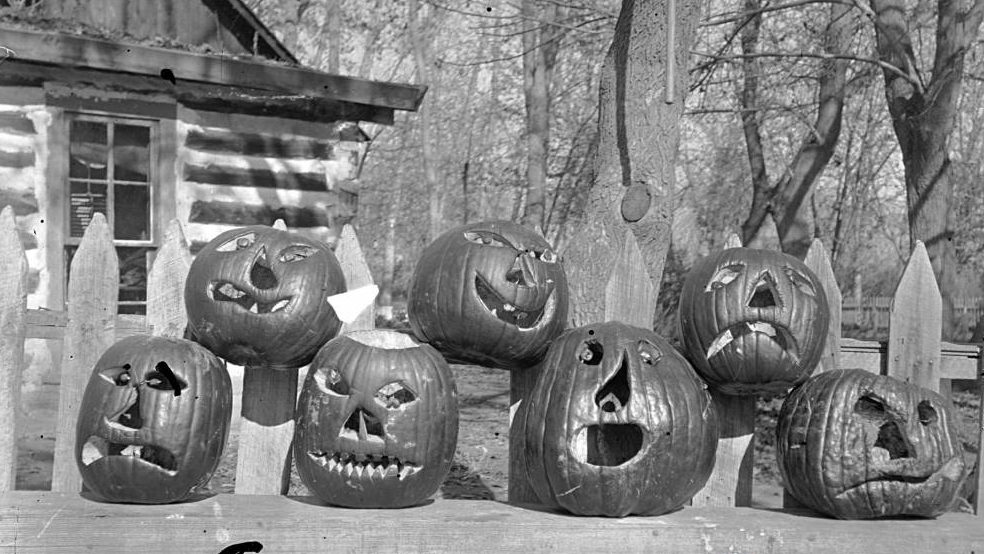
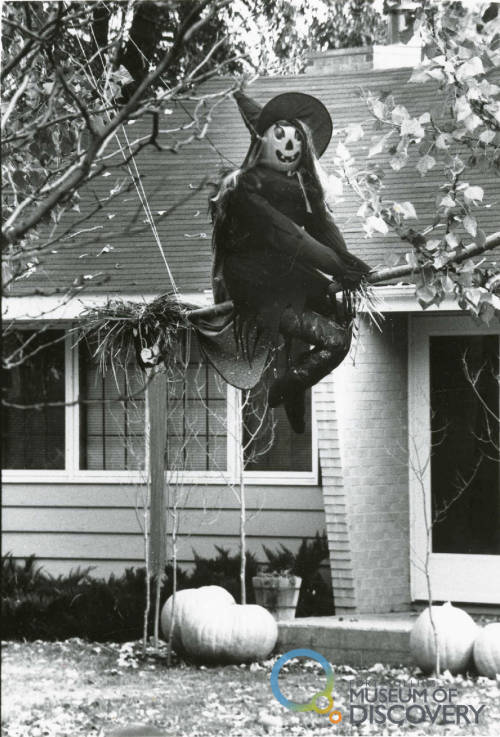 This photograph (T02651) shows a “bewitching display” in Fort Collins
This photograph (T02651) shows a “bewitching display” in Fort Collins